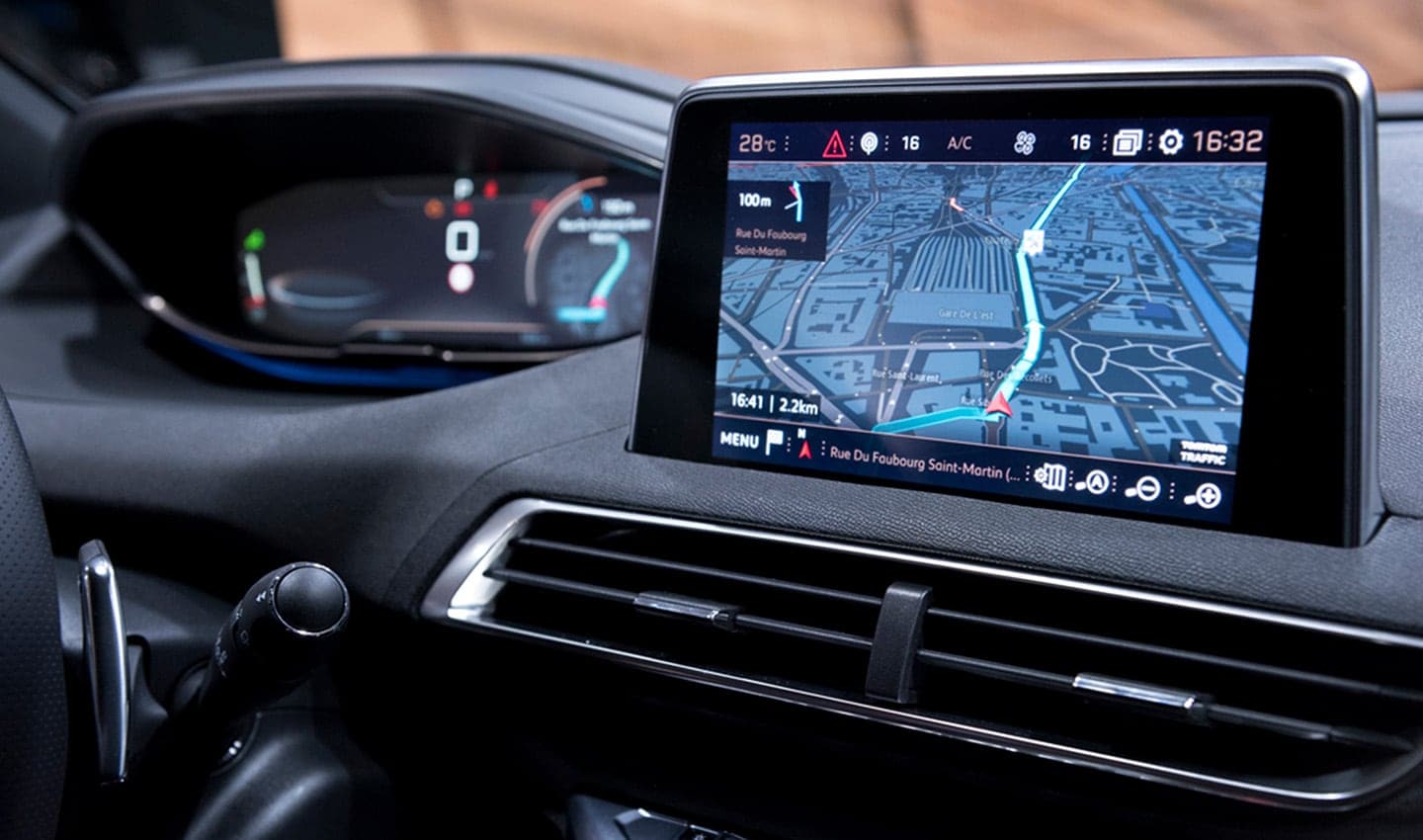
Cars are not the simple analog devices they once were. As we transition away from combustion engines, we’re also seeing carmakers create more in-vehicle technologies. It’s quite common for new cars to feature internet connectivity, traffic information, digital radios and advanced navigation systems. However, more advanced tech such as driver aids, voice assistants, and dedicated entertainment apps (like Netflix and Spotify) are beginning to find their way into our vehicles – and that presents a challenge.
This technological saturation presents a unique challenge for carmakers: how should vehicles display all the information and content that’s created as a result of new in-car tech? Subsequent solutions are leading us away from simple dashboard binnacles and infotainment systems and towards the digital cockpit.
Carmakers are aware of the strains all this new technology is putting on in-vehicle infotainment systems, moving quickly to add more screens to their vehicles. This additional display real-estate provides interface designers with more opportunity to create systems that comprehensively display vehicle information to the driver, allow customization and are adaptable to new apps.
The most obvious change is that central in-vehicle infotainment (IVI) consoles are being replaced by large touchscreens that now control more than just the vehicle’s entertainment functions. What’s more, instrument clusters and dials are also being replaced by specially designed high-resolution screens that display more than just speed, engine RPM, temperature and fuel levels.
Head-up displays are also becoming a common option, and, in some vehicles, there are screens in place of wing mirrors and even dedicated displays for the front passenger.
The next evolution
As a result, infotainment, navigation and binnacle displays are no longer just individual components that make up a vehicle’s cockpit. Current IVI systems seamlessly integrate all these functions digitally across a selection of screens, allowing crucial vehicle information to be displayed anywhere and adapt based on where it’s being shown.

The digital cockpit reimagines how we interact with our vehicles and provides more screens for visual output. Gauges are no more.
With digital binnacle clusters, drivers can choose to have their navigation and directions displayed closer to their eye line, while still being able to see their current speed and speed limits. The central screen can be dedicated to controlling music, air conditioning and vehicle status. Alternatively, the driver could choose to display navigation on the central screen to give a broad overview of the journey ahead, with music information displayed on the dashboard.
Towards the digital cockpit
The separation between the cockpit components of a car specifically oriented around driving and the rest of the cabin’s features like infotainment and navigation no longer exists.
The analog dashboard with digital infotainment features placed alongside it, will become a thing of the past in favor of the digital cockpit – an entire ecosystem of screens, input and output devices that integrate completely.
Driving is no longer a case of just turning a wheel, pushing pedals and pulling levers. Now, the task requires balance. The driver must control the motion of the vehicle, while also ensuring the in-vehicle experience is comfortable and engaging, and that driver safety aids are working as intended.
As more technologies are added to our vehicles, drivers run the risk of being overloaded with information. Adding more screens might not sound like the solution to this, however, digital displays provide car brands with the opportunity to design user interfaces that ensure drivers don’t become overwhelmed with too much information.
As TomTom’s Principal UX designer Drew Meehan puts it, the objective is to “inform without overwhelming.” The trick is to find ways of using screen real estate to provide drivers with information that informs action plus an overview of the road ahead.
In principle, drivers should only be shown the information they need at a given point in their journey, but they should have control over how that’s displayed. The digital cockpit is the perfect contemporary solution.
The digital cockpit reconfigures how we experience our vehicles from the inside. It lets carmakers integrate their brand and experience across the entire cabin, provides drivers with more detail and customization opportunities, and is the future of our how we interact with our cars.
People also read
)
Premium navigation in one powerful app: A closer look at TomTom GO Navigation
)
What is adaptive cruise control and how does it work?
)
Taking on today’s in-dash navigation challenges
* Required field. By submitting your contact details to TomTom, you agree that we can contact you about marketing offers, newsletters, or to invite you to webinars and events. We could further personalize the content that you receive via cookies. You can unsubscribe at any time by the link included in our emails. Review our privacy policy. You can also browse our newsletter archive here.
)